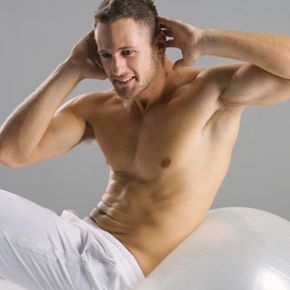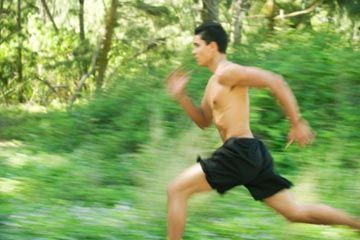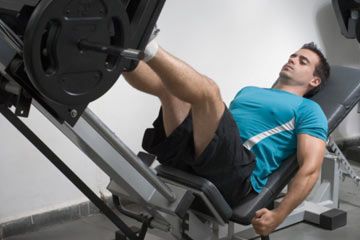Many people assume that core strength training consists merely of sit-ups or crunches. After all, the late-night infomercials advertising ab-strengthening rockers, loungers and workout DVDs insist that six-pack abs are a sign of a well-toned midsection. But core strength training for runners goes beyond sculpting a washboard stomach: A stronger core can improve a runner's speed and prevent injuries.
Your core muscles connect your trunk, pelvis and spine to each other and to the rest of your body, including your hips, legs and shoulder blades. This is why merely doing sit-ups or crunches doesn't constitute a complete core-training workout and won't fully stabilize your core. We'll explore specific core-strengthening exercises later in this article.
Advertisement
Core stability is essential for runners because it prevents pain, reduces wear and tear of joints, and reduces the chances of damage to muscles and bones, which can make or break an amateur or professional runner's career. It's the job of core muscles like the quadriceps (front thigh muscles) to keep you standing while gravity tries to pull you down. Others, like the hamstrings (muscles on the back of your thigh), power your hips and legs when you walk or run. When any of these muscles aren't in top shape, normal life activities -- let alone running -- can cause problems ranging from discomfort to major injuries.
Some people suggest including core training in your regular resistance or weight-training regimen. Yet others take a slightly different approach: They believe core conditioning is more about training your brain and muscles to work together while you focus on isolated core exercises, rather than hurriedly tacking them on to the end of your weight training sessions. Whatever your approach, the goal is to strengthen your core without becoming too muscular and stabilize your trunk area while you run.
Stride to the next section to learn more about core strength training.
Advertisement




